Search Images
Browse Content (p. 1256)
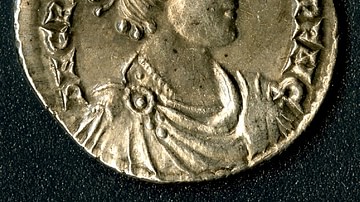
Image
Gratian
Silver coin depicting Gratian. Minted in Trier, found in England, part of the Hoxne hoard.
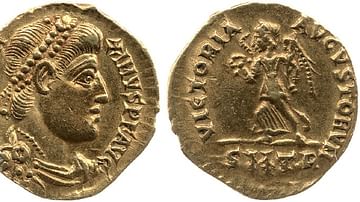
Image
Magnus Maximus
Gold coin depicting Magnus Maximus (383-388 CE). Minted in Trier.
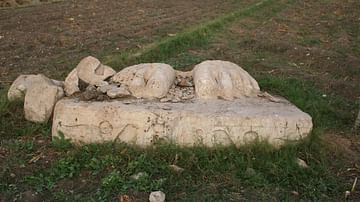
Image
Per-Ramesses
Per-Ramesses was the new capital of Egypt built by Ramesses II (1279-1213 BCE). However, due to the shifting of the Nile, the city was abandoned, largely dismantled, and moved south to the new city of Tanis with some monuments taken to Bubastis...
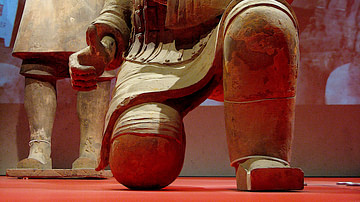
Image
Chinese Terracotta Warrior
A portion of the Terracotta Army, the clay life-size army in the tomb of the Qin emperor Shi Huangdi. c. 210 BCE, Shaanxi Province, China.
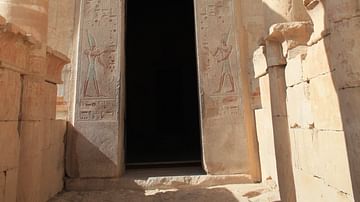
Image
Tomb of Hatshepsut
Tomb of Hatshepsut (1479-1458 BCE), Valley of the Kings, KV60.
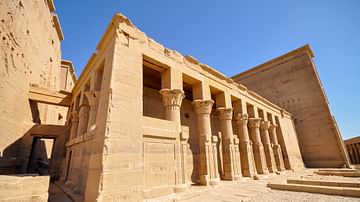
Image
Birth Colonnade, Hatshepsut's Temple
The Birth Colonnade told the story of Hatshepsut’s (1479-1458 BCE) divine creation with Amun as her true father.
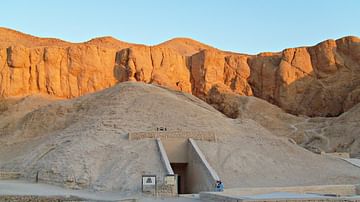
Image
Valley of the Kings
Tomb of Ramesses IV, Valley of the Kings, Egypt
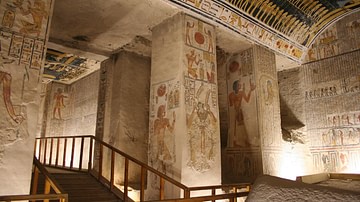
Image
Tomb of Ramesses V
Valley of the Kings, Egypt, Tomb KV9.
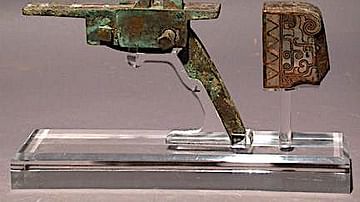
Image
Warring States Crossbow Trigger
The trigger and firing mechanism of a crossbow from the Chinese Warring States Period, 3rd century BCE (possible a century later during the Han Dynasty). Bronze inlaid with silver.
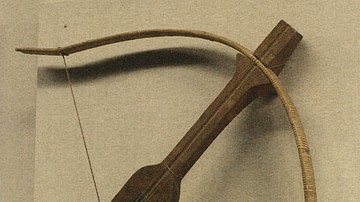
Image
Qin Dynasty Crossbow
A Qin dynasty crossbow (221-207 BCE). From Beiguan, Xian, China.